Motorious Explores The Plymouth Barracuda
⚡️ Read the full article on Motorious
The Plymouth Barracuda - A Valiant-based pony car built to rival the Ford Mustang!
An American two-door vehicle built for the pony car market, the Plymouth Barracuda was produced for an entire decade from 1964 through 1974 model years. Utilizing the same hybrid design as Ford for the Mustang decreased the time to create as well as development and tooling cost for Plymouth's all-new model. The first Barracuda was introduced in fastback form on April 1, 1964.

First-Generation (1964 - 1966)
The first-generation Plymouth Barracuda had a production run from 1964 through 1966 model years. A two-door hardtop fastback with a distinctive wraparound back glass, the car sat on the A-body platform and was based on the Valiant.
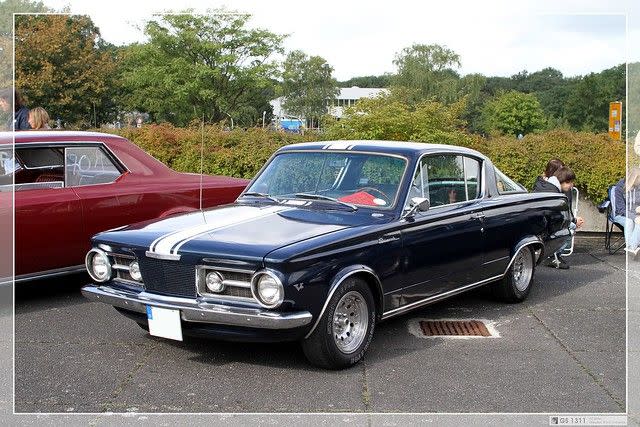
The 1964 Plymouth Barracuda shared plenty of components with the Valiant including the 106-inch wheelbase, hood, headlamp bezels, windshield, vent windows, quarter panels, doors, A-pillar, and bumpers. New parts included the trunk and some of the glass. Even the two versions of Chrysler's slant-6 six-cylinder engine (a 2.8-liter with 101-bhp; 3.7-liter with 145-bhp) used in the Barracuda were the exact same as the Valiant. The highest-performing engine given to the Barracuda was Chrysler's all-new 273-cubic-inch (4.5-liter) LA V8 engine topped with a two-barrel carburetor that produced 180-brake-horsepower. The car was shifted via Torqueflite automatic transmission (the last year for the transmission) and a "TorqueFlite 6" for the V8.
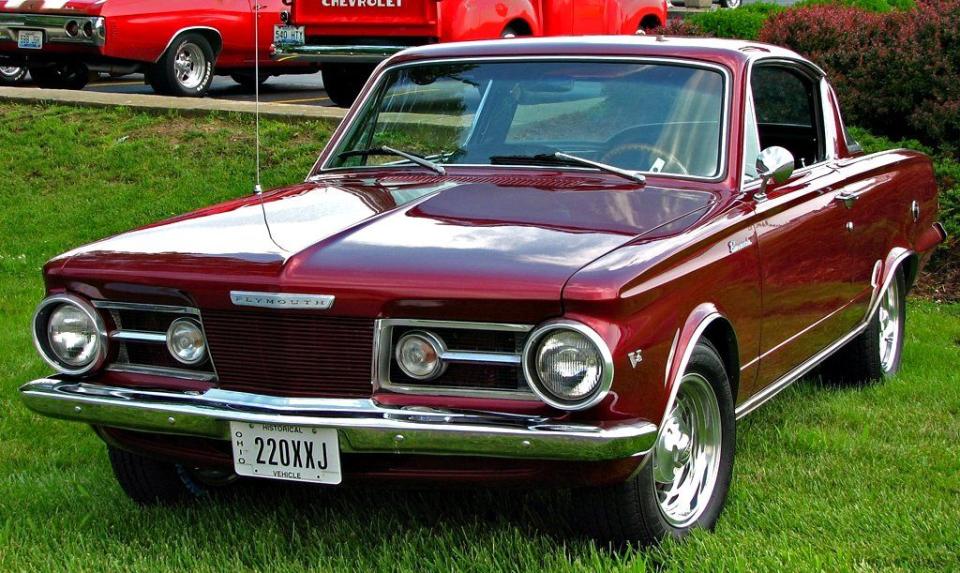
For 1965, the U.S. market used a 225-cubic-inch slant-6 as the base engine for the Barracuda while Canada retained the 170-cubic-inch six-cylinder. The 273-cubic-inch could be upgraded to a "Commando" version with a four-barrel carburetor, a 10.5:1 compression, and a more aggressive camshaft that bumped the output to 235-brake-horsepower.
The 1965 model included a Formula 'S' package given the Commando engine, suspension upgrades, bigger wheels and tires, unique emblems, and a tachometer. After the start of the '65 model year, factory air conditioning and disc brakes were offered.
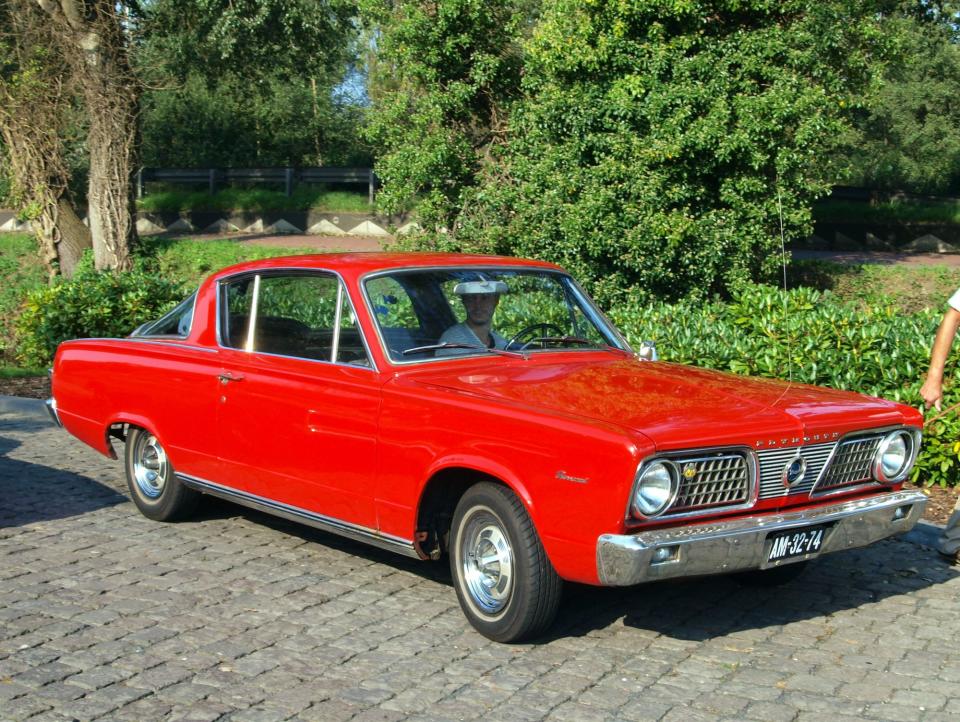
For 1966, the Deluxe models were given turn signal indicators atop the fenders, larger bumpers, new tail lamps, new front sheet metal, new instrument panel, a grille with a strong grid pattern, and an optional center console.
Second-Generation (1967 - 1969)
Heavily redesigned, the second-generation Plymouth Barracuda was still based on the Valiant and was built from 1967 through 1969. For this second-generation, the two-door car was offered as a fastback, hardtop, and convertible.
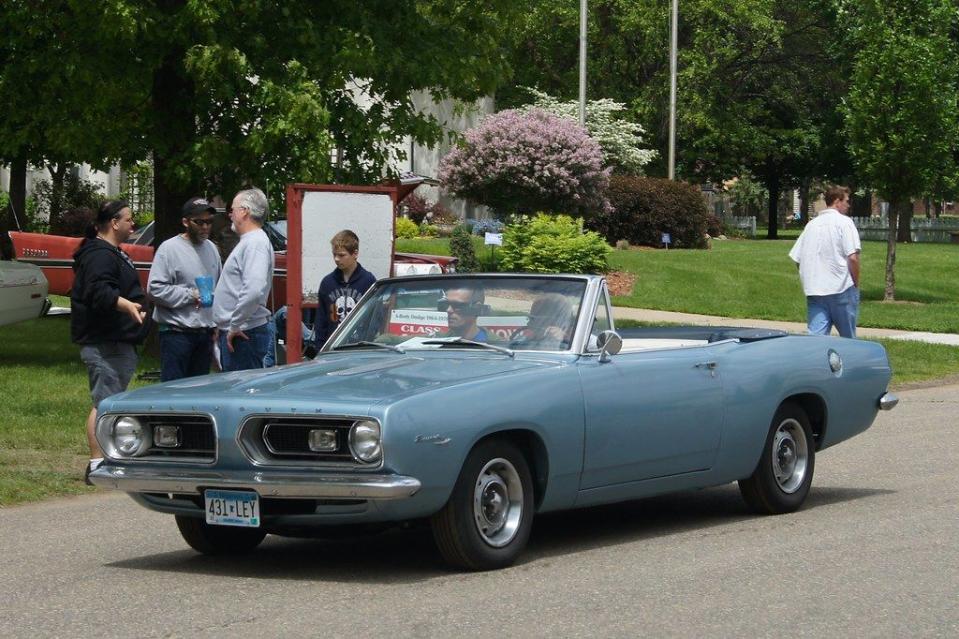
The 225-cubic-inch slant-6 still remained the base engine. The 273-cubic-inch V8 was available in two- and four-barrel versions. In addition, there was the "B" big-block 383-cubic-inch V8 (6.3-liter) with 280-bhp was was seldom ordered as part of the Formula S package.
For the 1967 'Cuda model, the front and rear bumpers were identical with the same license plate indent and mounting bracket.
For 1968, a 318-cubic-inch (5.2-liter) LA engine replaced the 273ci as the smallest V8 offered, and Plymouth offered a new 340ci (5.6-liter) LA four-barrel V8. The 383 Super Commando was equipped with upgrades including intake manifold, camshaft, and cylinder heads from the Road Runner and Super Bee. Restrictive exhaust manifolds still had it at 300-bhp.

About 50 fastback Barracudas came with the 426-cubic-inch (7.0-liter) Hemi for Super Stock drag racing and were assembled by Hurst Performance.
For 1969, performance was emphasized. The Mod Top was introduced a vinyl roof with a floral pattern, and came as a package with seats and door panels in the same motif for 1969 and 1970 models.
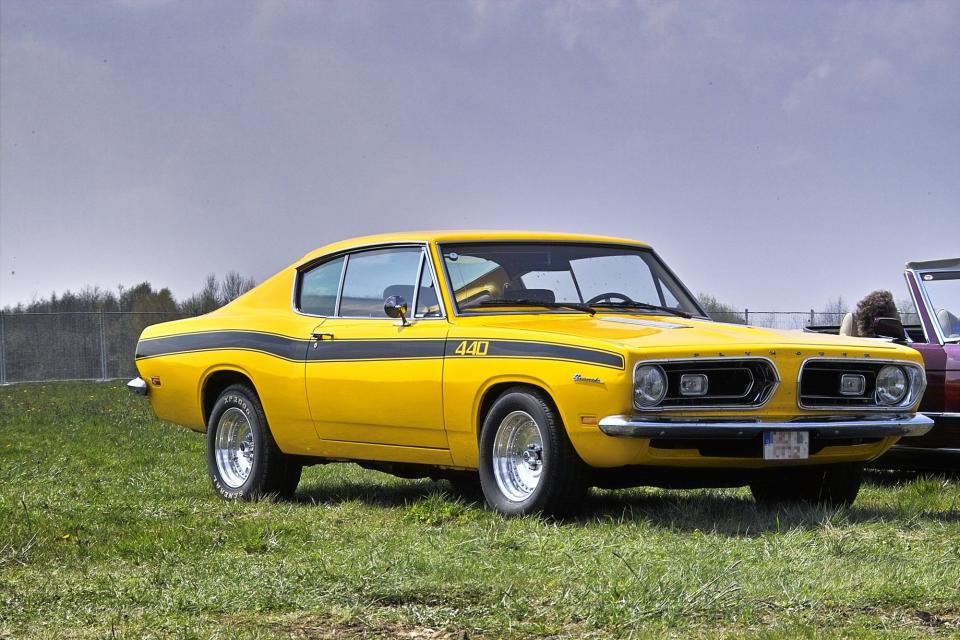
For 1969, the new 'Cuda trim package became available based off the Formula S option and was offered with the 340, 383, and 440 Super Commando V8 (new for 1969). Also,the 383ci V8 was upgraded to make 330-bhp.
Third-Generation (1970 - 1974)
The third-generation Plymouth Barracuda, built from 1970 through 1974, ditched the A-body for the Chrysler E-body platform. Now with a completely brand new design, the Barracuda resembled the Dodge Challenger but the two did not share sheetmetal. The Barracuda was now offered as a hardtop and convertible.
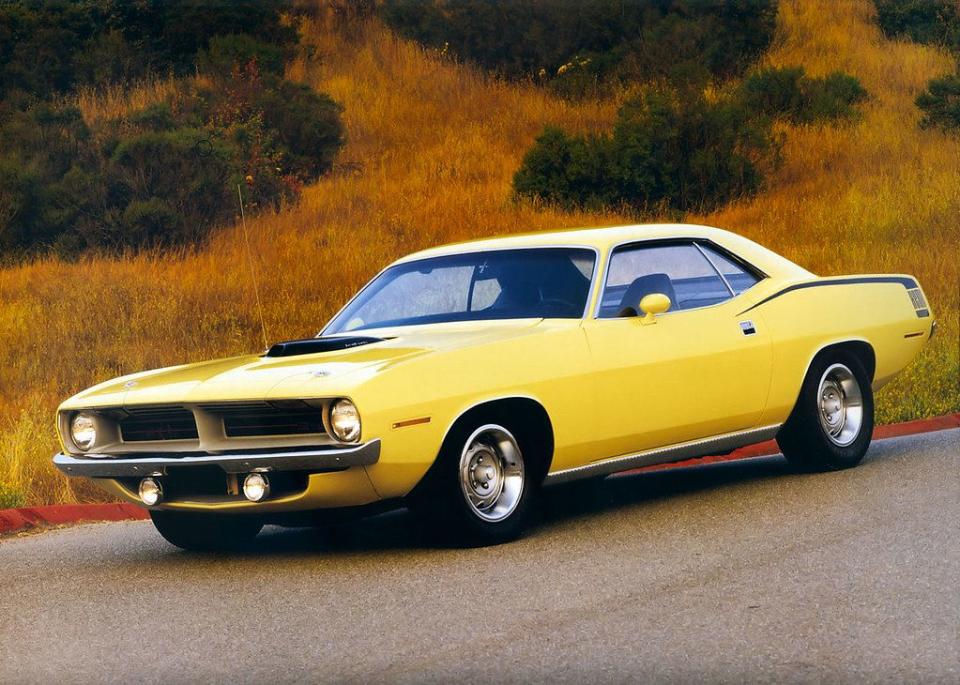
For 1970 and 1971, three models were available including the base Barracuda (BH), the luxury Gran Coupe (BP), and the sporty 'Cuda (BS).
The 1971 Barracuda was the sole year for four headlights, the 'Cuda model featured the fender gills. The 340ci six-barrel was no longer along with the 440 V8 engine was no longer an option but could be specially ordered and was installed in maybe a dozen cars. Otherwise, the 440ci with a six-barrel was used.

For 1970 and '71, the shaker hood (option code N96), elastomeric-colored bumpers, and Dana 60 rear axle were offered. The shaker hood could be powered by the 340, 383, 440 four-barrel, 440 six-barrel, and 426 Hemi engines.
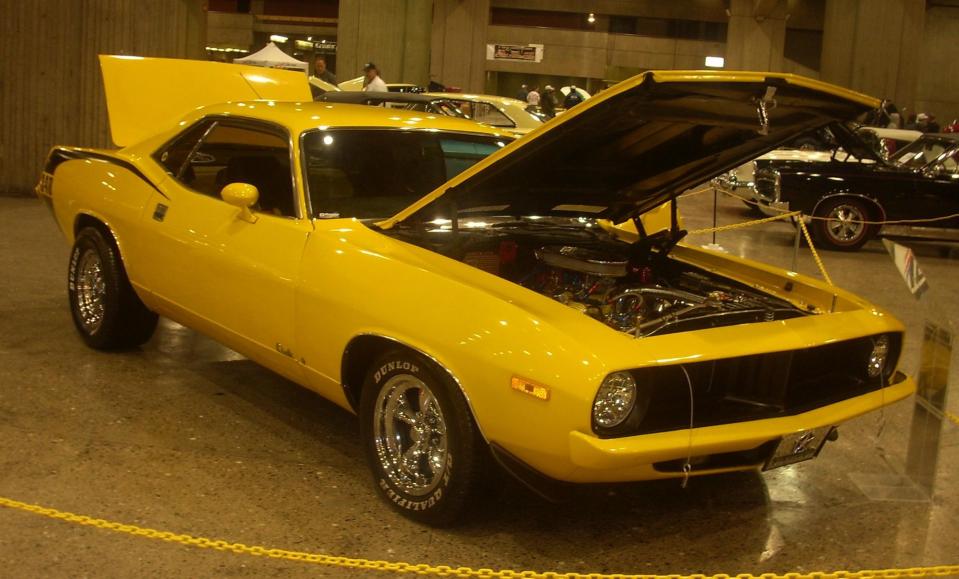
Barracuda basically unchanged through 1974 (the final year) besides a new grille and circular taillights for 1972. Big block engines (383, 440, and 426 Hemi), heavy-duty suspensions, and rear axles were no longer available, and the convertible was dropped (although late 1971 convertibles were built with some 1972 components).
Production
For the initial model, 23,443 Barracudas were sold compared to the 126,538 Mustangs. For 1966, a total of 38,029 examples were built, and the 1968 model year saw 46,018 units with 28,775 V-8 models. That number included 3,917 Formula S 340 models and 1,270 Formula S 383 cars.

To kick off the third-generation for the 1970 model year, a total of 48,867 Barracudas were produced. Within that number just 548 of the high-performance 'Cuda convertibles were built. For 1972, only 18,490 were produced along with a total of 7,828 'Cudas. For the 1973 model year, Barracudas were built 19,281 with 9,976 'Cudas. The last 1974 model year saw 18,490 with 7,828 'Cudas included.

The Plymouth Barracuda had a decade-long production run that was based off the Valiant and a rival to the Ford Mustang. The Barracuda remains a highly desired pony car today, especially when it wears high-performance 'Cuda trim. Available in bright colors and different powertrains, the vintage Plymouth car is an attractive car that is bound to turn heads while cruising to the grocery store or flexing at a car show.
Sign up for the Motorious Newsletter. For the latest news, follow us on Facebook, Twitter, and Instagram.

 Yahoo Autos
Yahoo Autos 